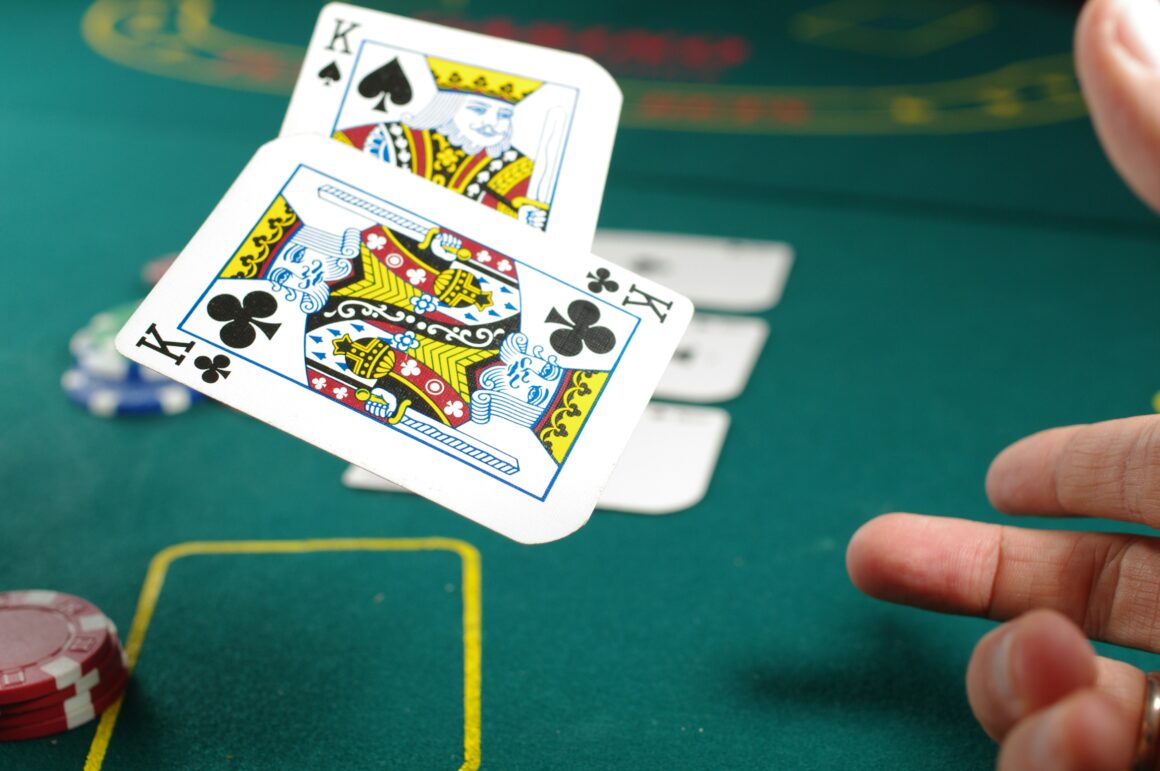Sugar skulls are popping up everywhere. Target, Walgreens, Party City. Cartoon
Sugar skulls are skulls with flowers for eyes adorn socks and plastic skeleton mariachi bands decorate frontporches. “Sexy” skeleton costumes complete with cheap flower crowns and colorful face paint dominate the market for both adults and children. Capitalism meets appropriation. A culturally significant and deeply religious holiday is reduced to a vapid trend.
Día de los Muertos, or Day of the Dead in English, is not synonymous with Halloween. It doesn’t even happen on Halloween. Día de los Muertos is a two day event, from November 1st to November 2nd. Día de los Muertos and similar holidays are celebrated primarily in Mexico, Guatemala, Peru, Bolivia, Brazil, and the Caribbean. As a celebration of death, altars dedicated to dead family members are decorated with flowers, food, candy, and sugar skulls. These o frendas or offerings are objects that the dead person enjoyed. Tombstones are also decorated with pictures of the deceased family members and marigolds. November 1st is the Día de los Inocentes, which welcomes the souls of dead children, and November 2nd is when the adult souls arrive.
The appropriation of Día de los Muertos by gringos (white Americans) is particularly offensive because of the history of colonialism that shaped both the holiday and Latin American culture.
Día de los Muertos began as a form of rebellion within itself. Celebrations and festivals similar to Día de los Muertos trace back to the ancient Aztec civilization. The concept of venerating the dead and making peace with death itself was the main focus of these ancient rituals. The originally monthlong celebration was, according to Aztec legend, led by Mictecacihuatl, the Lady of the Dead.
After the invasion of Spanish c onquistadores in the 1500s, several Aztec traditions were altered. Spanish colonialism forced its language, customs, and Catholic faith unto the native people of Central and South America. The annual Aztec celebration of the dead was cut down to the first two days of November, All Souls Day and All Saints Day. The central idea behind Dia de los Muertos is entirely credited to the Aztec: death is inevitable and beautiful.
Día de los Muertos is not just the “Mexican version of Halloween.” The American Halloween that is all tricks and treats is nothing close to Día de los Muertos. Death is greeted with Mexican hospitality, not American fear. The Mexican culture is not a costume. When stores like Target sell Day of the Dead face tattoos, pinatas, and awkwardlooking wreaths, a sacred holiday is trivialized into Pinterestworthy decorations. Companies are able to turn a profit with appropriation. Uneducated g ringos who visit these stores can inaccurately assume that Día de los Muertos is just like any other American holiday: it can be bought, sold, and reduced to plastic. La Catrina is not a mall Santa.
The people who paint their faces white and throw on a cute, little “señorita” costume are the same people who support Donald Trump. The people who slap on sombreros and fake moustaches on Cinco de Mayo are the same people who yell at a Colombian to go back to Mexico. These are the people who think Colombians and Mexicans are “the same thing.” These are the same people who dehumanize LatinAmerican immigrants as “illegals” and “aliens.” This is a recurring nightmare for all people of color. They hate our people, but they L OVE our culture.



Comments are closed.